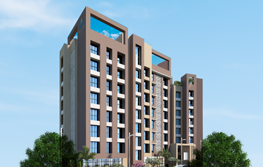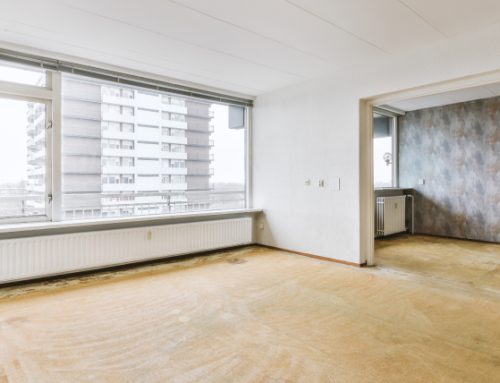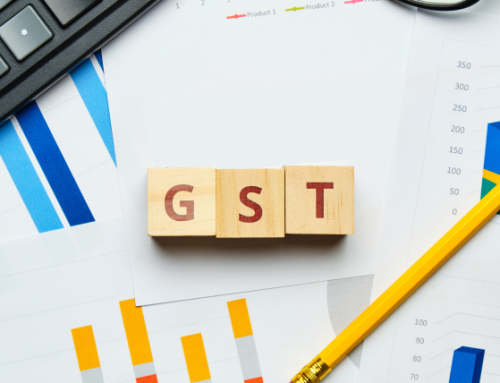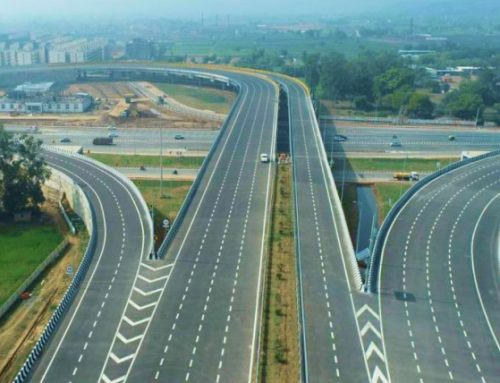What could be better than creating a panel for developing a model-builder buyer agreement for real estate? Well, nothing! With the government’s announcements, both builders and buyers will benefit in a great many ways. It will address specific issues that buyers and builders of Luxury homes in Thane and anywhere in the country face in general and create a standardized template for future buyer-builder interactions in India.
The Chief Objective of the Agreement
The chief objective of the agreement is to foster transparency and fairness in the real estate sector in India. This will create a general awareness of the norms of the industry and protect both parties from discrepancies.
The panel will have experts from the field of law, consumer representatives, real estate developers in Thane, and elsewhere in India, and government officials. The panel will include input from all the experts in their respective fields and form a balanced approach toward forming an agreement.
The agreement will include important aspects such as payment terms, project details, dispute resolution templates, and more. This will improve the position of the buyers who often feel nervous and doubtful about real estate deals. There will be more transparency and fewer chances of fraudulent schemes happening.
A Standard Reference for State Authorities and Other Regulatory Bodies
The agreement will benefit not only the buyers and real estate developers in Thane and Mumbai but also state authorities and other regulatory bodies in India. The agreement contains India-specific norms that will lead the pathway to formulate more policies that are related to the real estate sector. This will streamline the process and ensure further development and growth in the industry. A clear-cut agreement will also provide greater professionalism and accountability.
The Functioning of the Buyer-Builder Panel
While the role of the agreement or the formation of the panel is clear, what next comes to mind is what will the panel discussions involve. With many stakeholders, consumer groups, Indian builder’s associations, and legal experts bringing their heads together to finalize a model agreement, rest assured these consultations will come up with a model agreement that will ultimately serve as a reminder of how to keep things smooth, effective, and above-board.
Once the plan is formulated, the model builder-buyer agreement will be made available to one and all in the Indian real estate sector. Builders and buyers can then focus on the task at hand and not worry about contract glitches; the fundamental guidelines and principles will be there for everyone to refer to.
Conclusion
The establishment of such a panel by the Indian government has fulfilled a space that needed immediate attention. A transparent environment in the Indian real estate sector was the need of the hour and will ensure a stronger and more transparent bond between real estate developers in Thane and other areas in Mumbai, builders, and buyers and pave the pathway for lesser pressing issues between the parties.
A buyer will have an agreement to refer to if he/she feels duped by the real estate developer and vice versa. This has filled the loopholes in the real estate laws that have bothered both parties for a long time. It was much needed and has come at the right time!









































